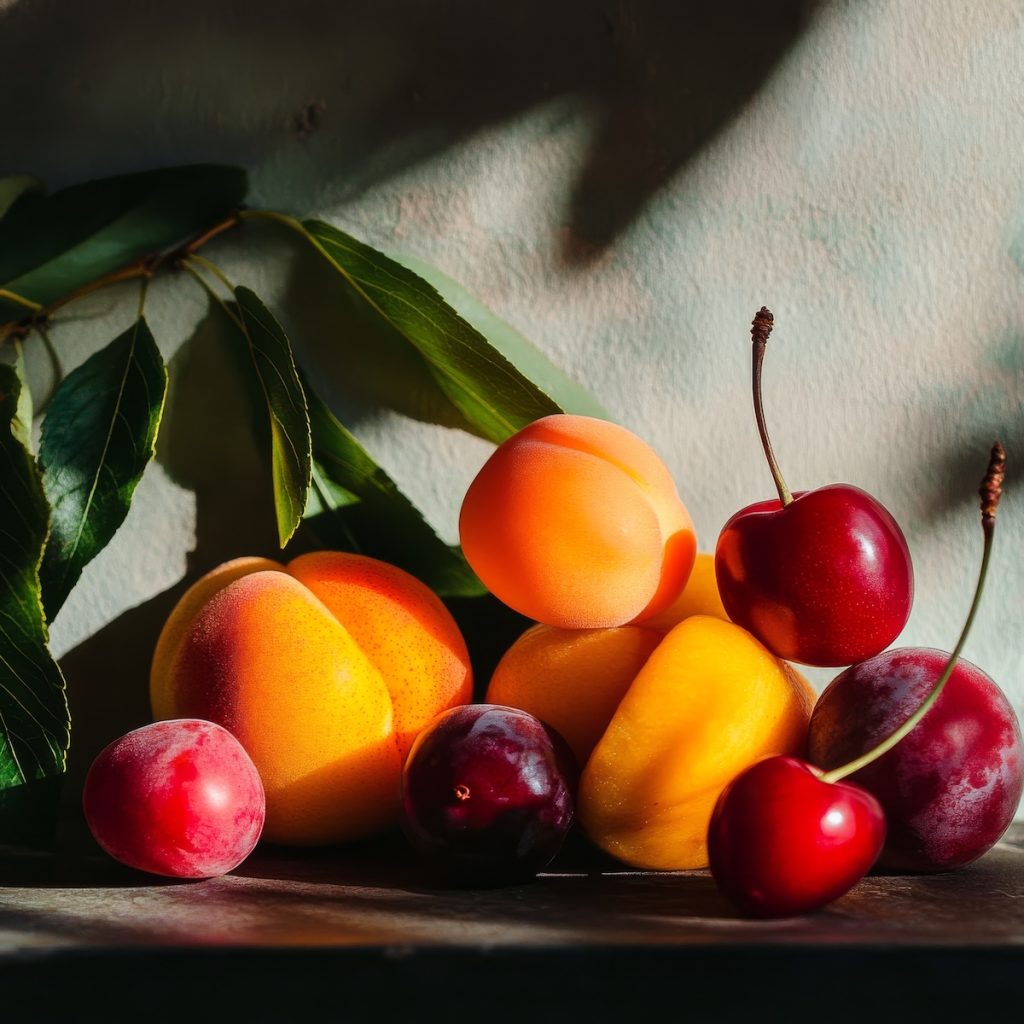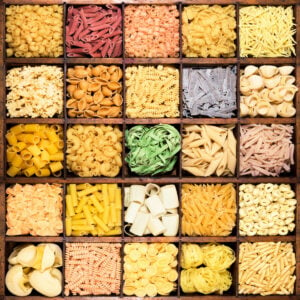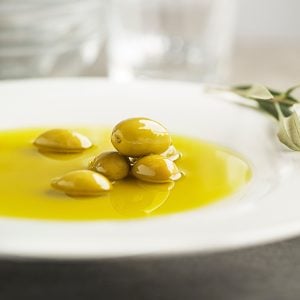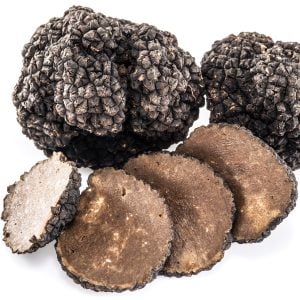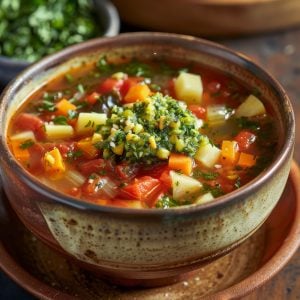Stone Fruits: A Delectable Variety of Nature's Bounty
Stone fruits are some of the juiciest, most flavorful fruits of the year, bursting with sweetness and a hint of tartness. Peaches, plums, cherries, nectarines, and apricots all belong to this delicious family, each offering a unique taste and texture. These fruits thrive in warm climates, developing their signature soft flesh and hard pits under the summer sun.
Beyond their irresistible flavor, stone fruits pack a nutritional punch. They’re loaded with vitamins A and C, antioxidants, and fiber, making them as healthy as they are tasty. Whether eaten fresh, baked into desserts, or blended into smoothies, they bring a natural sweetness to any dish. Their versatility in both sweet and savory recipes makes them a staple in kitchens worldwide.
However, selecting the perfect stone fruit requires a keen eye. A ripe peach should yield slightly to pressure, while a good plum feels heavy for its size. Understanding how to choose, store, and enjoy these fruits at their peak ensures the best flavor and texture.
In this post, I’ll dive into the world of stone fruits—how to pick them, ways to use them, and the best methods for storing them. Get ready to make the most of stone fruit season!
Origins and Varieties
Stone fruits have a long and fascinating history, with their origins dating back thousands of years. Some of the earliest cultivated varieties were believed to have originated in regions such as Central Asia and the Middle East. Over time, they spread to different parts of the world, adapting to various climates and growing conditions. Today, stone fruits are grown globally, with major producers found in countries like the United States, China, Spain, Italy, and Turkey.
The most common and popular stone fruit varieties include peaches, nectarines, apricots, plums, and cherries. Each variety has its distinct characteristics, such as the peach’s fuzzy skin or the smooth skin of a nectarine, the small, golden apricot, the succulent plum, and the vibrant, juicy cherry. Additionally, within each variety, there are multiple cultivars with varying colors, flavors, and ripening times, providing a diverse range of options for consumers and chefs alike.
Nutritional Benefits
Apart from their delectable taste, stone fruits also offer an abundance of nutritional benefits. They are a rich source of essential vitamins, minerals, and dietary fiber, making them an excellent addition to a balanced diet. Vitamin C, an important antioxidant, is found in high concentrations in most stone fruits, aiding in immune function and promoting healthy skin. Additionally, stone fruits contain vitamin A, vitamin K, potassium, and calcium, which contribute to bone health, vision, and heart function.
These fruits are also known to be relatively low in calories and fat, making them an ideal choice for those seeking a healthier alternative to sugary snacks. The presence of dietary fiber aids in digestion and can help regulate blood sugar levels. Eating a variety of stone fruits as part of a balanced diet can have a positive impact on overall health and well-being.
Culinary Uses
The versatility of stone fruits in the culinary world is nothing short of remarkable. From sweet to savory dishes, these fruits lend themselves to a wide range of culinary applications. When in season, they can be enjoyed fresh, sliced, diced, or just bitten into as a refreshing snack. They also find their way into jams, jellies, and chutneys, adding a burst of flavor to breakfast spreads and afternoon teas.
Stone fruits are equally at home in the savory domain, bringing a delightful sweetness and acidity to salads, salsas, and marinades. Grilling or roasting them brings out their natural sugars, intensifying their flavors and making them a delightful accompaniment to meats like chicken, pork, or duck.
Preservation and Seasonality
Stone fruits have a relatively short shelf life, especially when ripe. To prolong their enjoyment, various preservation methods can be employed, such as freezing, canning, or drying. Canned or frozen stone fruits are excellent for smoothies, desserts, and baking throughout the year, allowing us to savor their taste even when they are out of season.
Stone fruits are typically in season during the warm summer months, with each variety having its peak harvesting period. Peaches and nectarines, for example, are at their best during June to August, while cherries and apricots can be found at their sweetest from May to July. When shopping for stone fruits, it’s essential to select those that are ripe, as they do not continue to ripen significantly after being picked.
Stone fruits have captivated our palates for generations, and their appeal only continues to grow. From their historical significance to their delicious flavors and numerous culinary applications, they remain an integral part of our food culture.
Whether enjoyed fresh, preserved, or incorporated into both sweet and savory dishes, stone fruits offer a delightful taste of nature’s bounty, reminding us of the beauty and richness of the world’s diverse fruits. So, the next time you indulge in a juicy peach or a succulent plum, take a moment to appreciate the wonders of these delectable drupes and the gifts they bring to our tables.
Examples
Apricot (Prunus armeniaca)
Cherry (Prunus avium and Prunus cerasus)
Peach (Prunus persica)
Nectarine (Prunus persica var. nucipersica)
Plum (Prunus domestica)
Almond (Prunus dulcis)
Mango (Mangifera indica)
Lychee (Litchi chinensis)
Date (Phoenix dactylifera)
Olive (Olea europaea)
Coconut (Cocos nucifera)
Plumcot (Prunus domestica x Prunus armeniaca)
Pluot (Prunus domestica x Prunus salicina)
Aprium (Prunus armeniaca x Prunus simonii)
Peacotum (Prunus persica x Prunus armeniaca)
Nectaplum (Prunus persica x Prunus salicina)
Cherry Plum (Prunus cerasifera)
Blackthorn (Prunus spinosa)
Greengage (Prunus domestica subsp. italica)
Mirabelle (Prunus domestica subsp. syriaca)
Damson Plum (Prunus domestica subsp. insititia)
Wild Cherry (Prunus avium)
Sour Cherry (Prunus cerasus)
Japanese Plum (Prunus salicina)
Ground Cherry (Physalis spp.)
American Persimmon (Diospyros virginiana)
Japanese Persimmon (Diospyros kaki)
Jujube (Ziziphus jujuba)
Ripening Times of a Peach
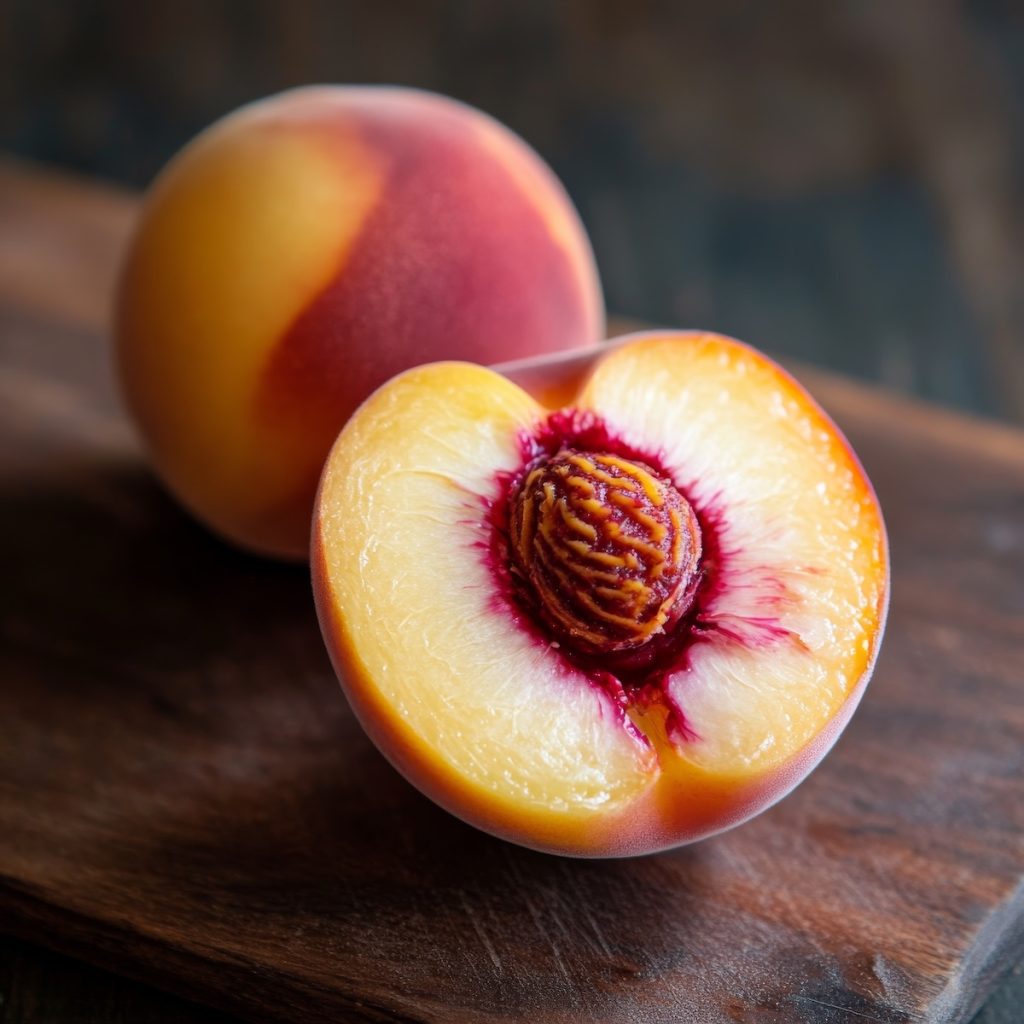
The time it takes for an unripe peach to ripen at home can vary depending on several factors, including the initial ripeness of the peach when purchased, the room temperature, and the storage conditions. On average, it typically takes anywhere from 1 to 5 days for a peach to ripen at room temperature after it has been picked.
If you purchase peaches that are already slightly ripe or showing signs of softness when you buy them, they will likely ripen faster. Conversely, if the peaches are very firm and unripe, it may take a bit longer for them to reach their optimal ripeness.
To speed up the ripening process, you can place the unripe peaches in a paper bag along with a ripe banana or apple. These fruits release natural ethylene gas, which helps to accelerate the ripening of other fruits, including peaches. Make sure to check on the peaches daily to avoid overripening.
If you want to slow down the ripening process, you can store the peaches in the refrigerator. Cold temperatures slow down the ripening process, but keep in mind that refrigerated peaches might not develop the same level of sweetness and juiciness as those ripened at room temperature.
When the peaches reach the desired level of ripeness, you can store them in the refrigerator to extend their shelf life for a few more days. It’s best to consume fully ripe peaches within a few days to enjoy them at their peak flavor and texture.
Ripening Times of a Plum
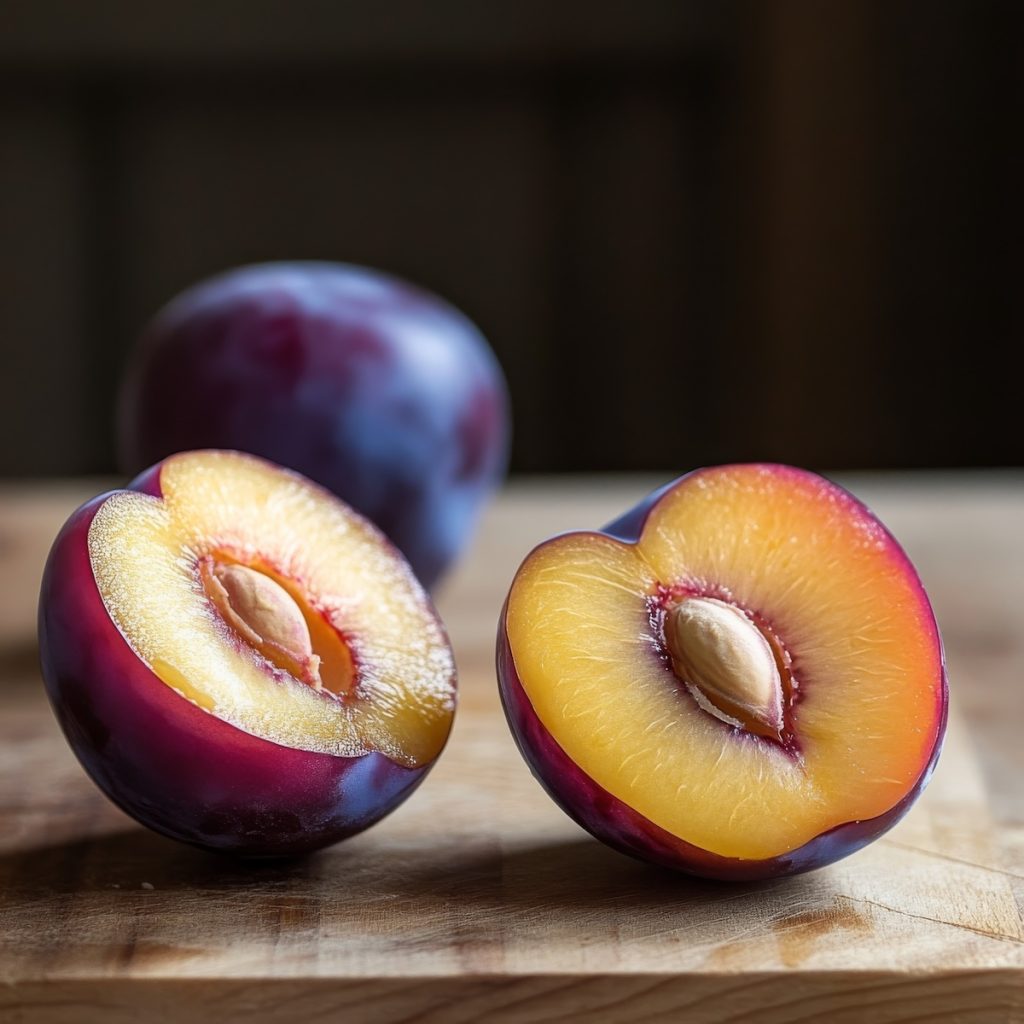
The time it takes for an unripe plum to ripen at home is similar to that of peaches and can vary based on several factors. On average, it may take around 2 to 5 days for a plum to ripen at room temperature after it has been harvested.
As with peaches, the initial ripeness of the plum when purchased will impact how long it takes to ripen further. If the plum feels slightly soft to the touch and has a slight give, it is likely closer to ripeness and may ripen faster. On the other hand, if the plum is very firm, it will take longer to reach its optimal ripeness.
To speed up the ripening process, you can use the same technique as with peaches. Place the unripe plum in a paper bag along with a ripe banana or apple. The ethylene gas released by the ripe fruit will help accelerate the ripening of the plum. Checking on the plum daily will help you gauge when it has reached the desired level of ripeness.
Conversely, if you want to slow down the ripening process or have ripe plums that you want to keep fresh for a bit longer, you can store them in the refrigerator. Cold temperatures slow down the ripening process, but be aware that refrigerated plums may not develop the same level of sweetness and juiciness as those ripened at room temperature.
Once the plum has ripened, it’s best to consume it within a few days to enjoy its full flavor and juiciness. If you have more plums than you can eat within a short time, consider using them in recipes like jams, preserves, or baking, as these can help prolong their use and prevent waste.
Other Fruits
Nectarines:
When purchased ripe or slightly ripe: 1 to 3 days at room temperature.
When purchased unripe: 2 to 5 days at room temperature. Use the paper bag with a ripe banana or apple method to speed up ripening.
Apricots:
When purchased ripe or slightly ripe: 1 to 3 days at room temperature.
When purchased unripe: 2 to 5 days at room temperature. Using a paper bag with a ripe banana or apple can accelerate the ripening process.
Mangoes:
When purchased ripe or slightly ripe: 1 to 3 days at room temperature.
When purchased unripe: 3 to 7 days at room temperature. The paper bag method with a ripe banana can help ripen mangoes faster.
Lychees:
When purchased ripe or slightly ripe: 1 to 2 days at room temperature.
When purchased unripe: 2 to 4 days at room temperature. Lychees tend to ripen relatively quickly.
It’s essential to monitor these fruits during ripening, especially if they are ripe when purchased. Once they reach the desired level of ripeness, you can store them in the refrigerator to extend their shelf life for a few more days.
Keep in mind that these are general estimates and can vary based on the specific fruit’s condition and environmental factors. Using ripe bananas or apples to produce ethylene gas, the paper bag method can be a useful trick to hasten the ripening process for many fruits.
Supermarket Ripeness
When stone fruits reach the supermarket, their general ripeness can vary depending on several factors, including the type of fruit, the region of production, the time of year, and the specific practices of the supermarket or supplier.
In general, stone fruits are often harvested when they are at a certain stage of ripeness that allows them to withstand transportation without becoming overripe or damaged. They are typically picked when they are still firm and not fully ripe. This is because fully ripe fruits can be easily bruised during transportation, reducing their shelf life and overall quality.
For peaches, nectarines, and apricots, they are usually harvested when they are at a mature green stage or just starting to show some color development. They continue to ripen after harvest and will become softer and sweeter over a few days at room temperature. They may not be fully ripe when they first arrive at the supermarket, but they will reach their peak ripeness shortly after purchase.
Plums are often harvested when they have developed some color and have a firm texture. Like other stone fruits, they will continue to ripen after being picked, becoming juicier and sweeter over time.
Mangoes are a bit different as they are typically harvested when they are fully mature but still firm. Some mango varieties may have a slight blush or color development when they reach the supermarket. Mangoes can take a few days to a week to ripen at room temperature, depending on their initial ripeness.
Lychees, being highly perishable, are usually harvested when they are fully ripe and ready to eat. They do not continue to ripen much after harvest and are best consumed shortly after purchase.
It’s important to note that while stone fruits will continue to ripen after purchase, they should also be inspected for any signs of damage or spoilage. Choose fruits that are firm, plump, and have vibrant colors. Avoid fruits with blemishes, bruises, or signs of mold, as these may have already started to deteriorate.
If you prefer to buy stone fruits that are ready to eat immediately, look for those labeled as “ripe” or “ready to eat” at the supermarket. These fruits have likely been allowed to ripen fully before being placed on display for customers.
Why Isn't an Avocado a Stone Fruit?
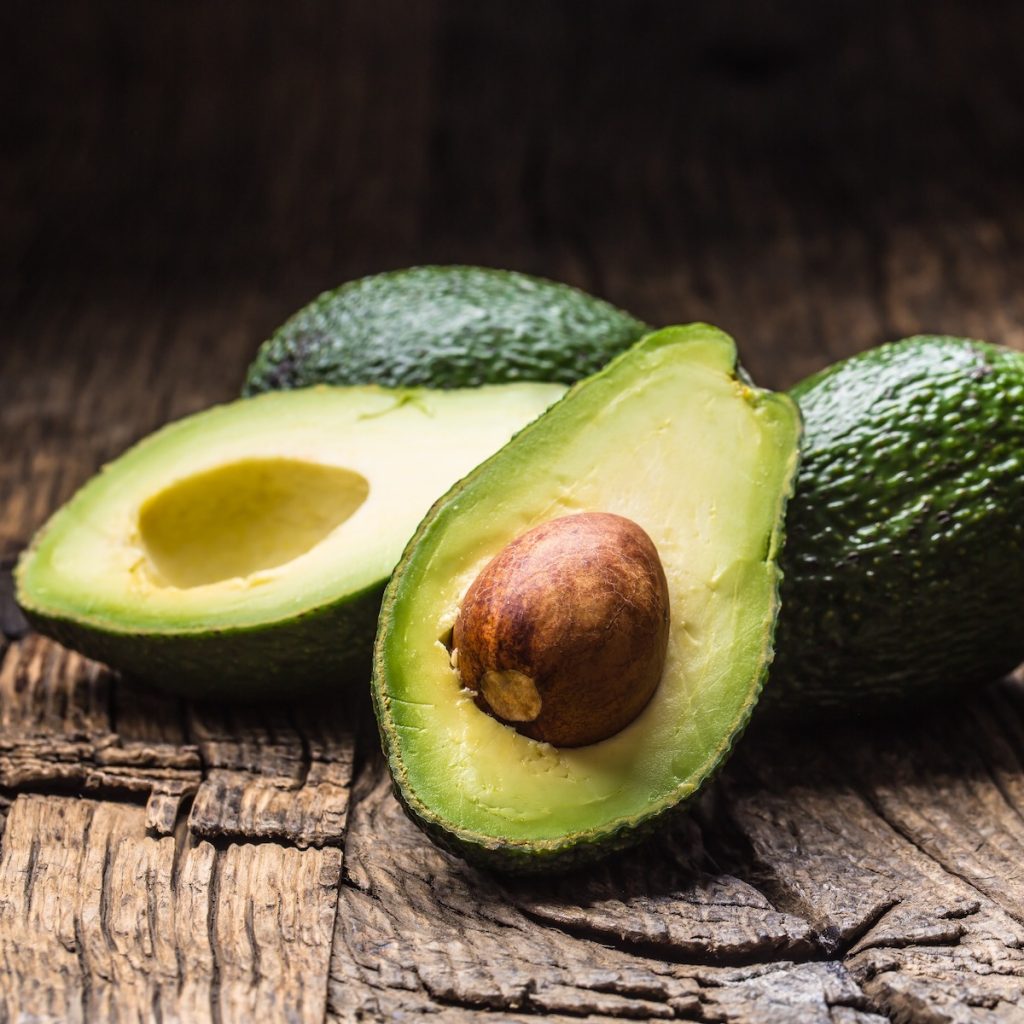
An avocado isn’t a stone fruit because it belongs to a different botanical classification. While stone fruits (also called drupes) have a fleshy outer layer and a single hard pit or stone encasing the seed, avocados have a slightly different structure.
Stone fruits, such as peaches, cherries, and plums, develop from flowers with a single ovary and have a rigid, woody endocarp (the inner layer of the fruit that surrounds the seed). This hard pit protects the seed inside and is a defining characteristic of drupes.
Avocados, on the other hand, belong to the Lauraceae family and have a large seed but lack the characteristic hard, woody endocarp of true drupes. Instead, their seed is covered by a thin, papery layer, making them more similar to berries in botanical terms. Specifically, avocados are considered a type of berry because they develop from a single ovary, have fleshy pulp, and contain a seed that isn’t encased in a tough stone.
So, while an avocado may seem similar to a stone fruit due to its single large seed, its structural differences place it in the berry category rather than the drupe family.

